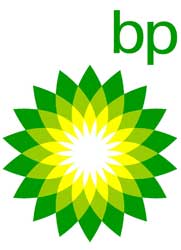 BP's business activities in the US helped generate close to $143 billion in economic impact in 2013 and currently support nearly 220,000 American jobs, according to the company's US Economic Impact Report 2014.
BP's business activities in the US helped generate close to $143 billion in economic impact in 2013 and currently support nearly 220,000 American jobs, according to the company's US Economic Impact Report 2014.
BP's new report provides a detailed, state-by-state look at the breadth and impact of the company's activities in America. Since 2009, BP has invested nearly $50 billion, making it America's largest energy investor. In 2013 alone, BP spent $22 billion with vendors across the country on products and services, ranging from offshore drilling rigs to gasoline-producing equipment for its refineries.
"No energy company has invested more in the US over the past five years than BP," said John Mingé, BP America chairman and president. "Our investments not only provide the energy to power the nation, but they also support hundreds of thousands of jobs that fuel the economy."
BP's business investments in the US include oil and natural gas exploration and production, fuel and chemical refining, lubricants, shipping, trading, renewable energy production and cutting-edge technology research and development. The US also is home to a number of operations that serve BP's global businesses, such as the Center for High-Performance Computing in Houston, which houses the world's largest supercomputer for commercial research.
BP produces more than 628,000 barrels of oil equivalent a day – enough to light nearly the entire country. The company's three northern-tier refineries in Indiana, Ohio, and Washington are together capable of processing more than 742,000 barrels of oil per day. Also, BP's chemical and lubricant facilities supply materials necessary for modern life, including greases and engine oils marketed under the Castrol brand and chemicals used in fabrics and packaging.
In addition to physical assets and energy production, the US is home to nearly 40 percent of BP's publicly traded shares and more BP employees than any other nation. The US also is a center for BP research and recruitment. The company will spend $60 million this year on academic research, educational initiatives, and recruitment activities at more than 50 US universities.
At the corporate level, BP contributes more than $30 million a year to charitable and nonprofit organizations such as United Way of America and the National Multiple Sclerosis Society. This includes contributions through BP's unique Fabric of America program in which BP employees may annually designate $300 of corporate funds to a nonprofit organization of their choice within the United States. Since the fund's 2007 inception, BP has given more than $26 million on behalf of our employees, helping to support roughly 19,000 organizations in all 50 states.
The investments and spending detailed in the report do not include costs associated with cleanup and restoration activities in the Gulf of Mexico, or claims payments related to the Deepwater Horizon accident.
To view or download BP's full US Economic Impact Report 2014, please visit: www.bp.com/EIR.
BP in the US - By the Numbers:
Employees: More than 18,000 employees
Total Jobs Supported: Nearly 220,000 jobs
Employee Payroll and Benefits: $5 billion, including pensions and other post-employment costs
National Economic Impact Nearly: $143 billion in 2013
BP U.S. Investment since 2009: Nearly $50 billion – the most of any energy company
Money Spent with Vendors: More than $22 billion in 2013
Community Investment: $30 million in corporate contributions annually


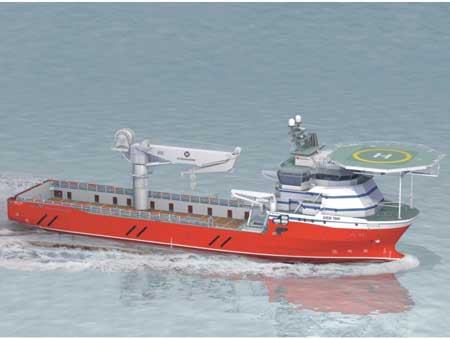 Following 3 years of successful operations,
Following 3 years of successful operations,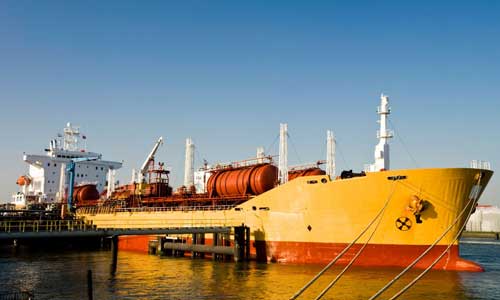
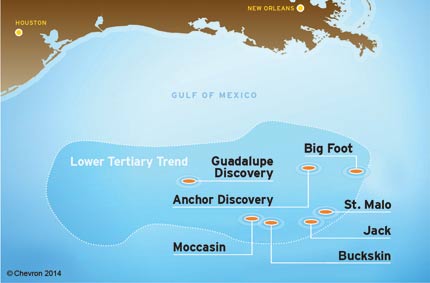 Chevron Corporation
Chevron Corporation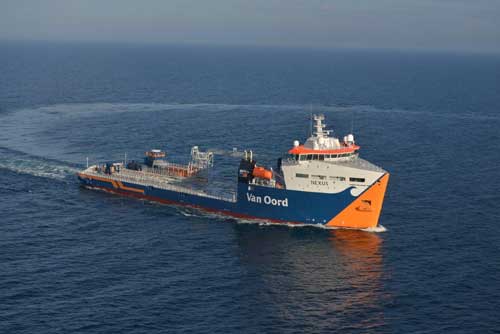 The 22nd of December saw the delivery by
The 22nd of December saw the delivery by With so much speculation surrounding the plummeting oil price, the state of the natural gas market has largely taken a backseat. However, gas prices are falling too, but the extent and impact of this varies around the world more than in the case of oil.
With so much speculation surrounding the plummeting oil price, the state of the natural gas market has largely taken a backseat. However, gas prices are falling too, but the extent and impact of this varies around the world more than in the case of oil.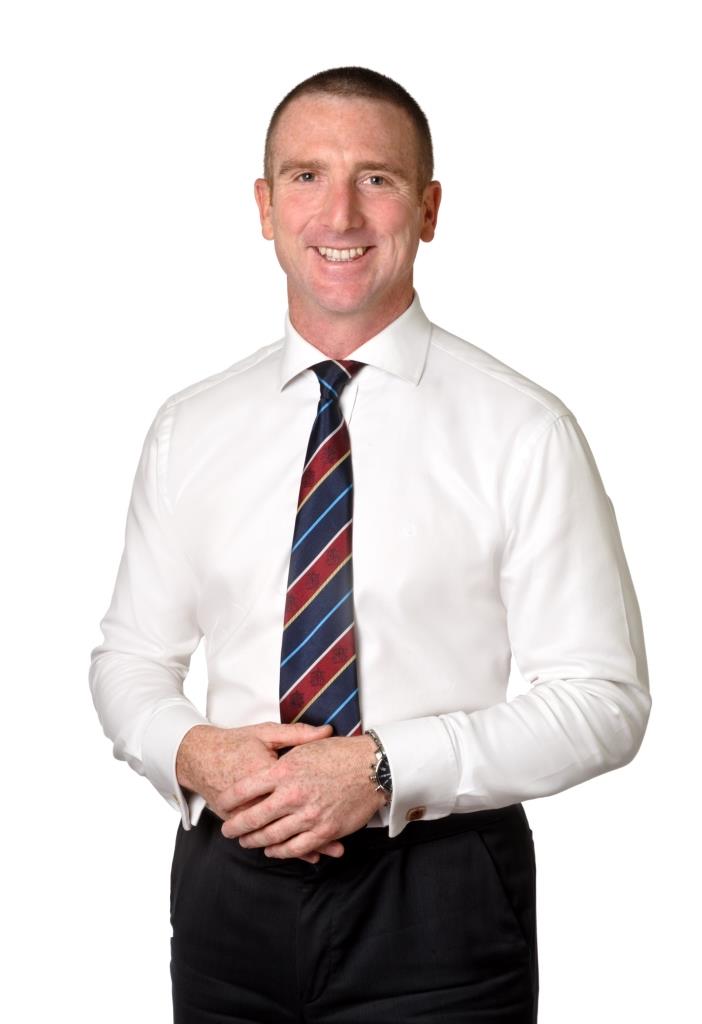 BMT Nigel Gee (BMT)
BMT Nigel Gee (BMT)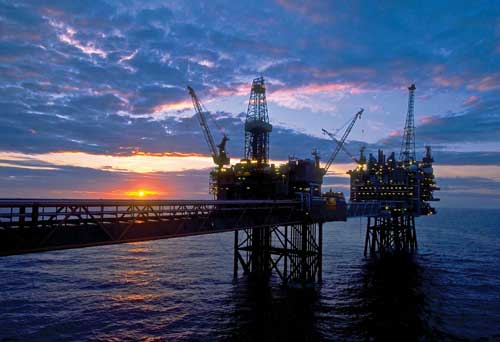
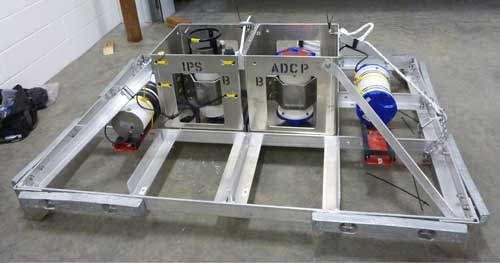 Photo :ASL trawl resistant LowPro5x7™ IceProfiler™/ADCP mooring
Photo :ASL trawl resistant LowPro5x7™ IceProfiler™/ADCP mooring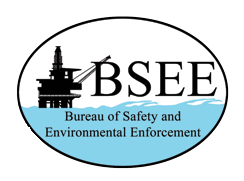 The Bureau of Safety and Environmental Enforcement (BSEE) announced this week that it is soliciting proposals for oil spill response research projects and will be investing up to $6 million to support these projects in 2015. In a Broad Agency Announcement (BAA) released on the federal government's business opportunities website,
The Bureau of Safety and Environmental Enforcement (BSEE) announced this week that it is soliciting proposals for oil spill response research projects and will be investing up to $6 million to support these projects in 2015. In a Broad Agency Announcement (BAA) released on the federal government's business opportunities website,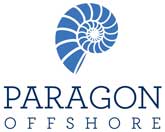 Paragon Offshore plc
Paragon Offshore plc  BP's business activities in the US helped generate close to $143 billion in economic impact in 2013 and currently support nearly 220,000 American jobs, according to the company's US Economic Impact Report 2014.
BP's business activities in the US helped generate close to $143 billion in economic impact in 2013 and currently support nearly 220,000 American jobs, according to the company's US Economic Impact Report 2014. NYC-based
NYC-based  Photo: L-R Mark Clarke, chairman and Paul Radcliffe, managing director, Frontier International
Photo: L-R Mark Clarke, chairman and Paul Radcliffe, managing director, Frontier International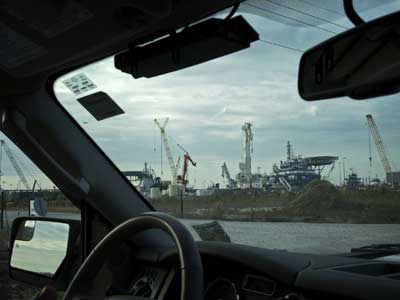 Photo: Edmund D Fountain, for USA TODAY
Photo: Edmund D Fountain, for USA TODAY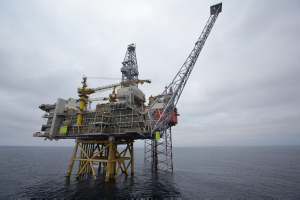 On January 3rd, 2015, at 8.36 a.m. the Valemon gas and condensate field in the North Sea was brought on stream by
On January 3rd, 2015, at 8.36 a.m. the Valemon gas and condensate field in the North Sea was brought on stream by